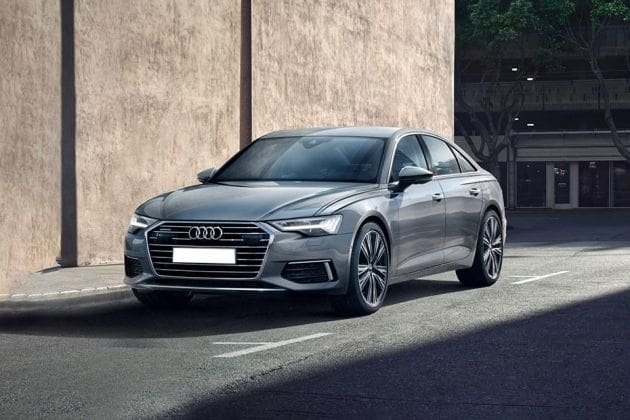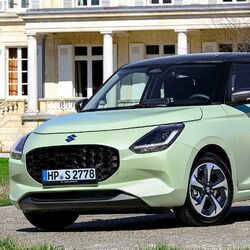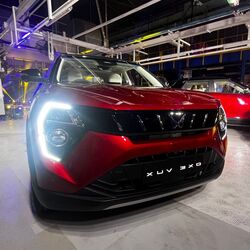Future Volvo cars could come with bigger heads-up display: Details here
- Volvo has invested $1.5 million into Spectralics' mixed-reality head-up display technology.
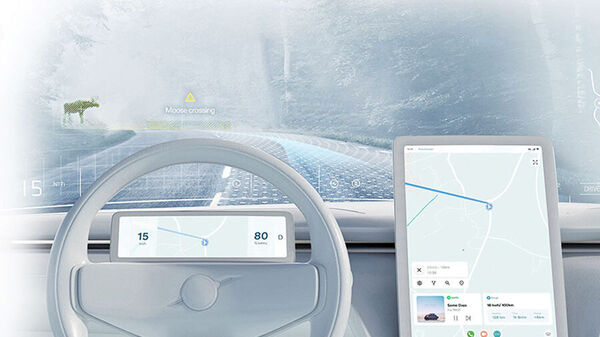

Swedish luxury automobile giant Volvo has been working enthusiastically on different automotive technologies in order to make future cars safer and more convenient for driving. In an attempt to achieve that target, the future Volvo cars could come with bigger heads-up displays.
Also Read : Volvo to bring five new electric vehicles: Report
The automaker has already invested $1.5 million into Spectralics' mixed-reality head-up display technology, which might make its way into the future Volvo cars. The Israeli nanotechnology startup is working to develop a supersize smart heads-up display, reports Automotive News.
Also check these Cars
The report claims that Spectralics has developed a hardware development kit for imaging systems, with a novel thin optical film technology as one of its core components. Once integrated into a vehicles’ windshield, the film serves as a mixed-reality display on which different images and virtual objects can be overlaid.
According to Volvo, the current heads-up display units come with a fairly small field of view. The company aims to expand that field of view as it believes that would improve user experience. It would also open up new possibilities to create a more immersive experience for the driver, claims the automaker.
A heads-up display or HUD appears in the driver's line of sight. This technology displays information such as speed, distance covered, navigation guidance, warning lights and engine revs among others on the windscreen or any other transparent panel.
This is basically an active safety feature that allows the driver to drive the vehicle without taking a view off the road. As the necessary pieces of information are shown on the windscreen via HUD technology, the driver doesn't need to check the conventional display at the instrument cluster.
There are two types of HUD systems available in the auto industry – projection-based and reflection-based. Projection-based HUD technology uses LED lights or lasers to project information on a specially treated part of the windscreen. Reflection-based HUD systems, on the other hand, use a digital display that shows various information on a specifically designed glass screen.
The projection-based HUD is sharper and more effective in terms of visual quality. Reflection-based HUD on the other hand is cheaper but comes with less sharpness in terms of visibility.








 1969.0 cc
1969.0 cc Multiple
Multiple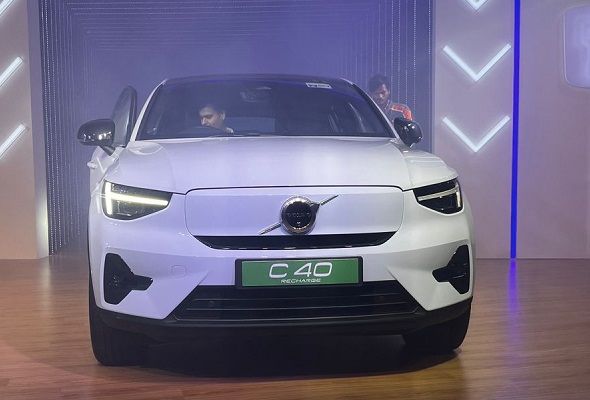
 78 kWh
78 kWh 530 Km
530 Km


